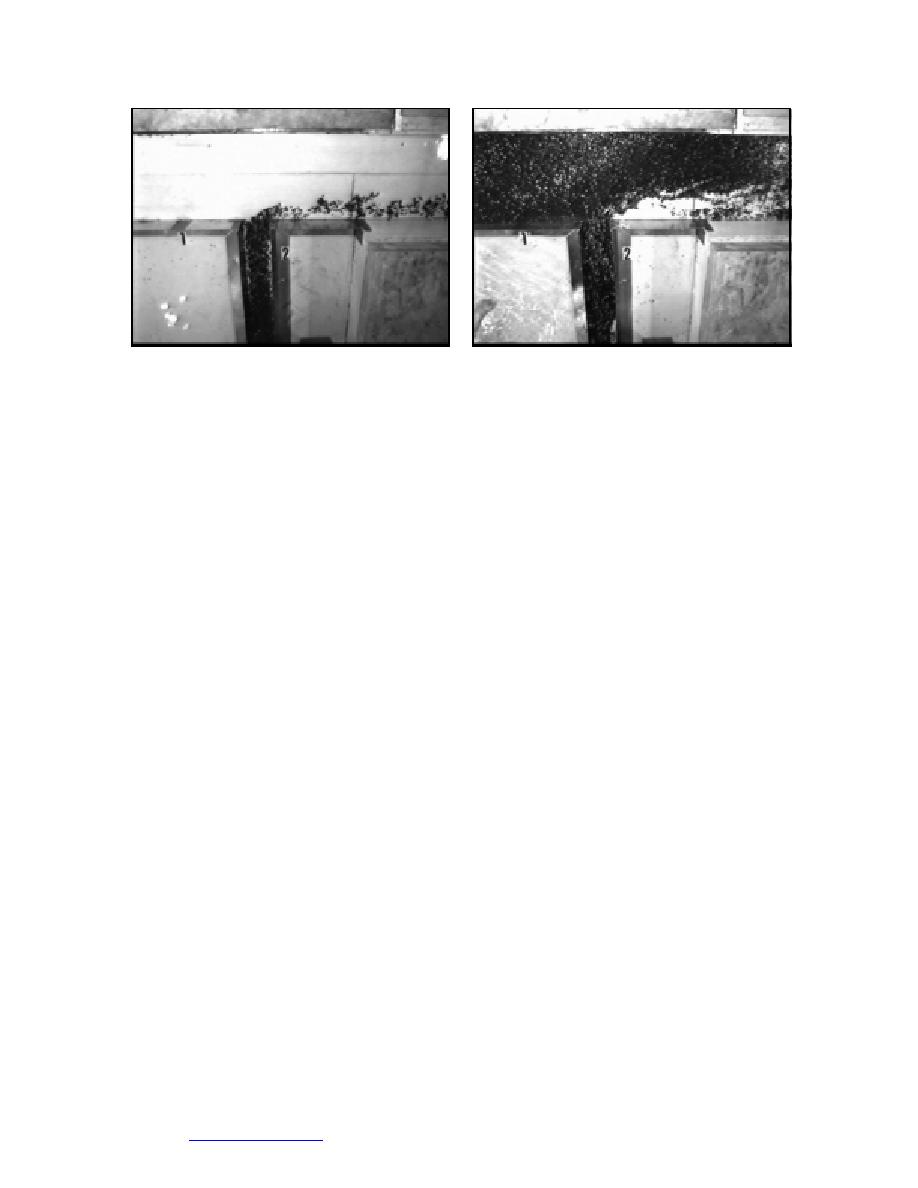
Figure 24. Ice in confluence: Q2/Q1 = 2/3, α = 90,
Figure 25. Ice in confluence: Q2/Q1 = 6, α = 90, and
and b1/b2 = 3.
b1/b2 = 3.
Case 6: Q2/Q1 = 2/3; b1/b2 = 3; b2 = 16 cm. A widened channel 1, with reduced
discharge from channel 2, led to an ice jam in channel 2. As is evident in Figure
24, the extent of the separation zone diminished with decreased Q2/Q1, as
did the distance to the dividing streamline, bd. The dividing streamline, how-
ever, was sufficiently close to the entrance of channel 2 that it sufficiently
contracted the flow from channel 2 and was thereby able to slow ice move-
ment from channel 2. The upshot was jam formation in channel 2, as occurred
for the same flow ratio when b1/b2 = 1.5.
Case 7: Q2/Q1 = 6; b1/b2 = 3; b2 = 16 cm. This example demonstrates that a
strong side flow from one confluent channel may lead to jamming in the sec-
ond confluent channel conveying ice. In effect, when (b3 bd)/b3 > (bd bs)/b3
the ice run from the larger inflow channel is greatly constrained. The greater
water discharge from channel 2 pushed the dividing streamline far over
toward the left side of the confluence. In so doing, it greatly reduced the space
available for ice from channel 1 to pass through the confluence. Consequently,
as shown in Figure 25, ice jammed in channel 1.
α = 45 confluence
The apex angle of 45 was selected as being also being representative of numer-
ous confluence situations. It approximately coincides with the angle for the con-
fluence of the Mississippi and Missouri Rivers. The following four example cases
illustrate general features of ice movement through confluences at this angle, and
they provide site-specific insights for the confluence of the Mississippi and Mis-
souri Rivers:
Case 1: Q2/Q1 = 2/3; b1/b2 = 1.5; b2 = 16 cm. This example is similar to Case
1 for the 90 confluence. The effect of reduced apex angle was to increase ice
conveyance capacity. A jam developed in channel 2, as shown in Figure 26;
however, the jam was not as stable as for that in the 90 confluence example.
Case 2: Q2/Q1 = 3; b1/b2 = 1.5; b2 = 16 cm. All flow characteristics for water
and ice used for Case 2 of the 90 confluence are repeated in this example.
The reduced apex angle moves the dividing streamline toward the right bank
of the confluence and it reduces the extent of the separation region. Conse-
quently, it was more difficult for a jam to form than for the 90 confluence.
34
Go to contents page



 Previous Page
Previous Page
